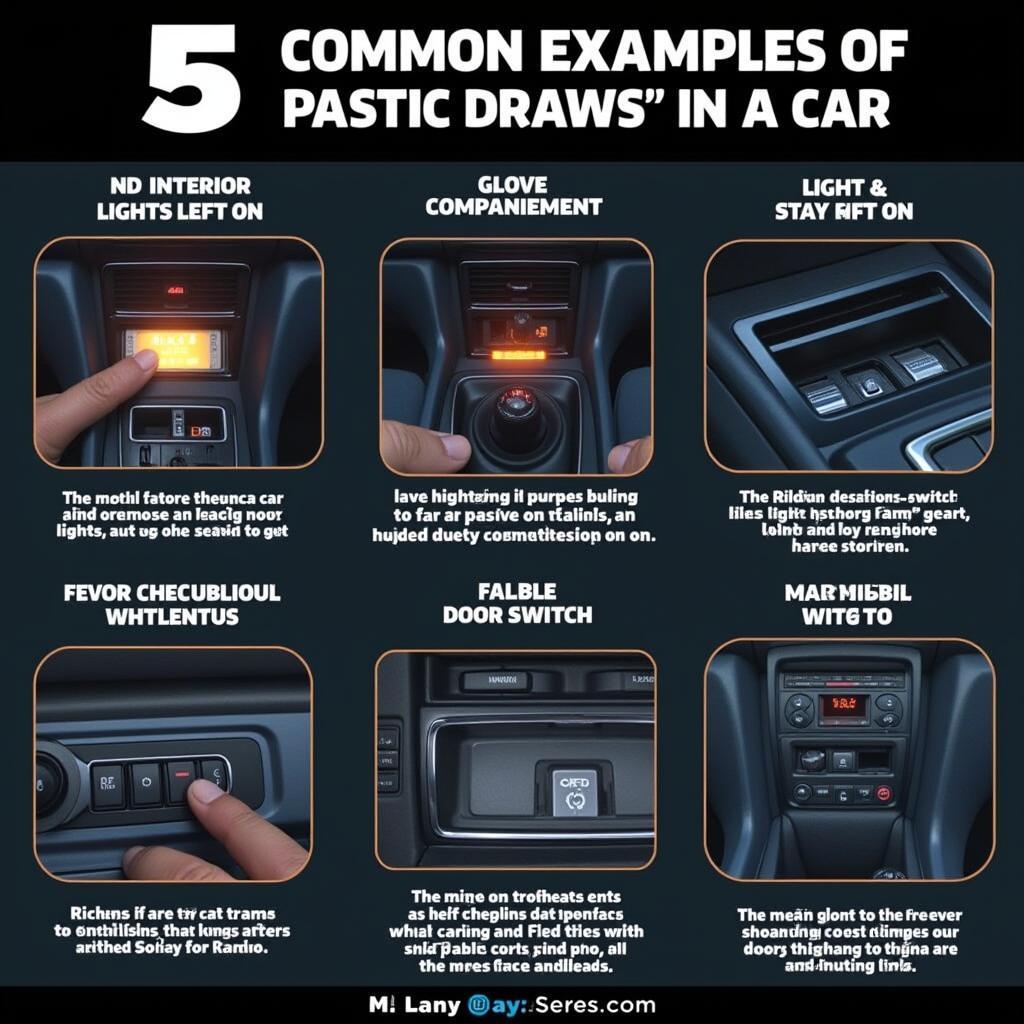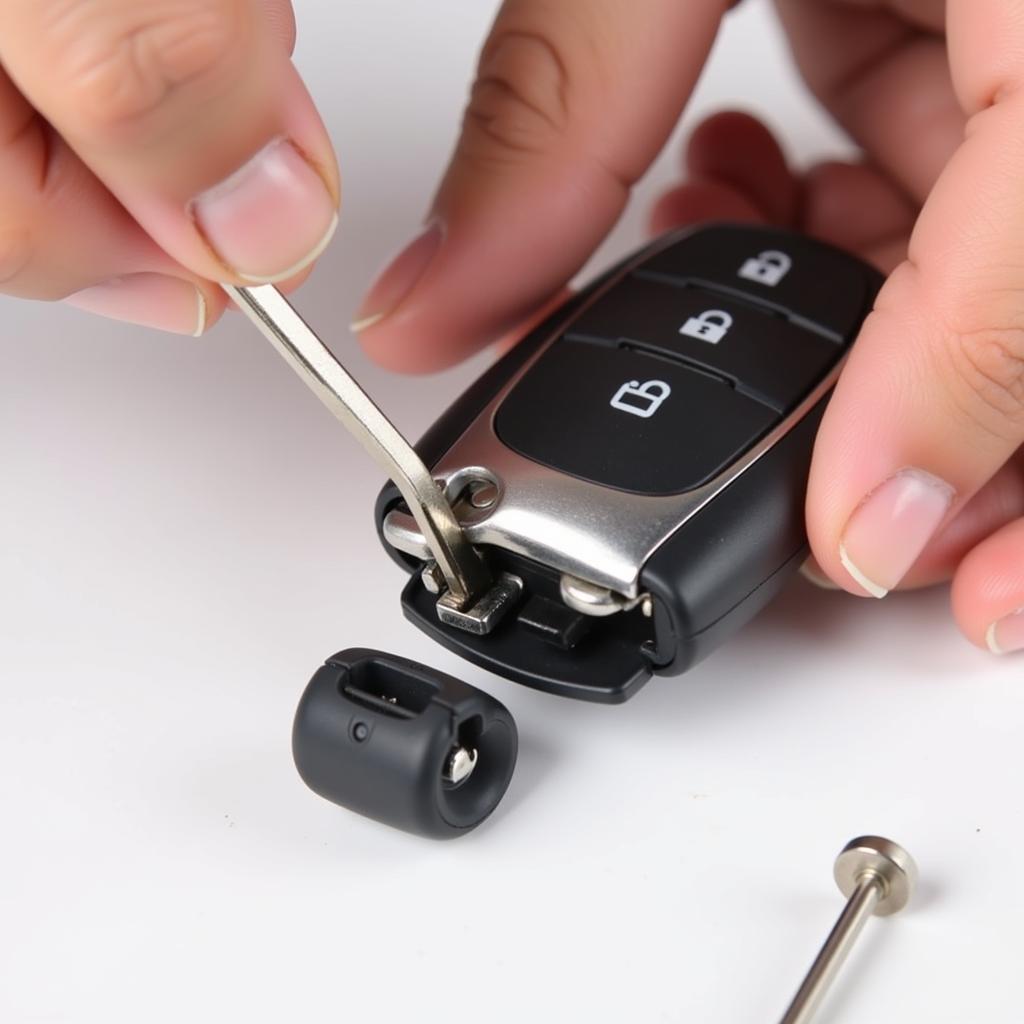The 2014 Dodge Challenger, a modern muscle car icon, is known for its powerful engine and aggressive styling. However, like any vehicle, it can experience its share of electrical problems, particularly with the battery. This guide will delve into common 2014 Dodge Challenger battery issues, providing solutions and preventative measures.
Understanding Your 2014 Dodge Challenger Battery
The battery in your Challenger powers everything from the ignition system to the interior lights. Understanding its function is crucial to diagnosing and resolving issues. A failing battery can manifest in several ways, including slow cranking, dimming headlights, and electrical malfunctions. Regular maintenance and timely replacements are key to a smooth driving experience.
Common Causes of 2014 Dodge Challenger Battery Problems
Several factors can contribute to battery problems in your Challenger. Extreme temperatures, both hot and cold, can significantly impact battery performance and lifespan. Leaving lights or accessories on while the engine is off can drain the battery, leading to a no-start situation. A faulty alternator, which is responsible for recharging the battery, can also cause issues. Finally, a corroded battery terminal can prevent proper electrical connections.
Troubleshooting 2014 Dodge Challenger Battery Issues
If you suspect a battery issue, several troubleshooting steps can help identify the culprit. Start by checking the battery terminals for corrosion. Clean them with a wire brush and baking soda solution if necessary. Next, test the battery voltage using a multimeter. A reading below 12.6 volts indicates a potential problem. If the voltage is low, try jump-starting the car. If the car starts but the battery drains again quickly, the alternator may be at fault.
Preventative Measures for 2014 Dodge Challenger Battery Issues
Preventing battery problems is often easier than dealing with them after they occur. Regularly inspect your battery terminals for corrosion and clean them as needed. Be mindful of leaving lights and accessories on when the engine is off. Have your battery tested periodically, especially if it’s more than three years old. Consider investing in a battery trickle charger if you live in an area with extreme temperatures or if you don’t drive your Challenger frequently. This will help maintain the battery’s charge.
Remote Diagnostics and Software Solutions
Modern technology offers remote diagnostics and software solutions that can help identify and even resolve certain battery-related issues. These services, often provided by specialized automotive technicians, can remotely access your vehicle’s systems, diagnose the problem, and sometimes even perform software updates or programming fixes to address the root cause. This can save you time and money by avoiding unnecessary trips to the mechanic.
“Remote diagnostics is a game-changer,” says John Smith, a certified automotive technician with over 20 years of experience. “We can often pinpoint the problem and provide solutions without the customer even having to bring their car in.”
Conclusion
2014 Dodge Challenger battery issues can be frustrating, but with the right knowledge and preventative measures, you can keep your muscle car running smoothly. By understanding the common causes of battery problems, implementing troubleshooting steps, and practicing preventative maintenance, you can avoid being stranded with a dead battery. Don’t hesitate to seek professional help if you’re unsure about diagnosing or fixing the problem yourself. Maintaining a healthy battery is crucial for the overall performance and reliability of your 2014 Dodge Challenger.



